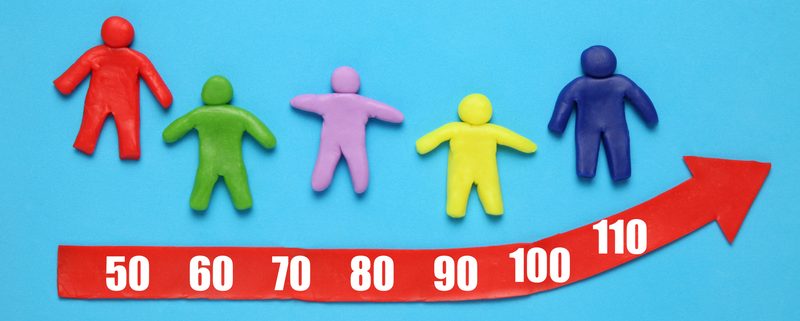Important Age Milestones for Anyone Planning an IRA Retirement
As you build a retirement plan, you are going to realize one thing: even with a Self-Directed IRA and the independence it affords you, you are still restricted to one thing. Time. Everyone is limited by their amount of years, as well as the specific milestones along the way. For example, the IRS includes many age milestones in its regulations of retirement accounts. And there are milestones that come along the way for social security and other benefits associated with advanced age.
Age 50
At age 50, you may be eligible for increased contribution limits in some retirement accounts, which means that you should be aware of this well in advance so you can plan your budget accordingly.
Age 55
Age 55 is a very interesting milestone, because it helps retirement investors see that they’re going to start receiving benefits from these accounts rather than constantly sink money into them. At this age, you might potentially be able to withdraw from a 401(k), but it will depend on some factors.
Age 59 ½
Some people consider this to be a sort of unofficial retirement age, at least when it comes to how you interact with your accounts. The reason? This is one of the most important age milestones in all of retirement planning, because it’s when you can start taking withdrawals from your IRAs without the penalties. Keep in mind that you’ll still pay taxes on something like a Traditional IRA, because you used pretax money to contribute to that Self-Directed IRA. However, this is the age at which many people consider they have retired by the government’s standards, because the government no longer requires those penalties for taking money out of your account, as long as you do it properly.
Age 62
When you turn 62, you face a milestone that actually has little to do with your retirement accounts—at least directly. This is the age at which you face a choice with your Social Security benefits. You can begin taking Social Security payments at this age, also known as taking them “early,” or you can opt to delay for the potential for full Social Security payments later on in life. The decision you make is entirely your own, but it’s important to think about this in advance so that you have the financial planning in place to better understand the drawbacks and benefits to taking it early.
Age 65
The “Medicare” age is an important milestone, because it’s an age at which many people decide that they do not have to spend as much time planning for medical emergencies. However, this does not mean that you can no longer think about the financial implications of a medical emergency after 65. You may also think about supplementary insurance at this stage.
Age 72
Over a decade removed from the beginning “retirement age” is this milestone, in which the government wants you to start getting the show on the road. In other words, you will be expected to take required minimum distributions from all relevant accounts.
It’s also important to keep in mind that there’s an exception to the required minimum distribution rule. With a Self-Directed Roth IRA, since you already paid the taxes on the income you used to make contributions to your retirement account, the government isn’t particularly invested in what happens to the money when it comes to taking it out of the retirement account. They are perfectly content to let you keep it in the account with a Roth IRA, because that money is not being taxed either way. But for many people, they will have multiple retirement accounts even if they do have a Roth IRA, which is why this remains an important milestone to note.
Interested in learning more about Self-Directed IRAs? Contact American IRA, LLC at 866-7500-IRA (472) for a free consultation. Download our free guides or visit us online at www.AmericanIRA.com.






